Government Initiatives and Support
Government initiatives and support play a crucial role in shaping the Needle-Free Drug Delivery Device Market. Many countries are actively promoting the development and adoption of needle-free technologies as part of their healthcare strategies. This support often includes funding for research and development, regulatory incentives, and public health campaigns aimed at increasing awareness of needle-free options. For example, initiatives to improve vaccination rates have led to increased interest in needle-free delivery systems, which are perceived as less intimidating for patients. As governments continue to prioritize innovative healthcare solutions, the Needle-Free Drug Delivery Device Market is likely to benefit from enhanced funding and resources, fostering an environment conducive to growth and innovation.
Rising Incidence of Chronic Diseases
The Needle-Free Drug Delivery Device Market is significantly influenced by the rising incidence of chronic diseases such as diabetes, cardiovascular disorders, and respiratory conditions. As the global population ages, the prevalence of these diseases is expected to increase, necessitating more effective drug delivery solutions. Needle-free devices offer a viable alternative for patients who require frequent medication, as they minimize discomfort and the risk of needle-related injuries. Recent statistics indicate that chronic diseases account for approximately 70% of all deaths worldwide, underscoring the urgent need for innovative delivery methods. This growing health crisis is likely to drive demand for needle-free solutions, positioning the Needle-Free Drug Delivery Device Market for substantial growth in the foreseeable future.
Increased Focus on Patient Compliance
In the Needle-Free Drug Delivery Device Market, there is a notable emphasis on improving patient compliance. Traditional needle-based delivery methods often lead to anxiety and discomfort, which can deter patients from adhering to their treatment regimens. Needle-free devices, by contrast, offer a more user-friendly alternative that can significantly enhance the patient experience. Studies indicate that patient compliance rates can improve by as much as 30% when using needle-free systems. This shift is particularly relevant in the management of chronic conditions, where consistent medication adherence is crucial. As healthcare providers increasingly recognize the importance of patient-centered care, the demand for needle-free solutions is expected to rise, further propelling the growth of the Needle-Free Drug Delivery Device Market.
Expansion of Applications in Various Therapeutic Areas
The Needle-Free Drug Delivery Device Market is witnessing an expansion of applications across various therapeutic areas, including vaccines, insulin delivery, and biologics. This diversification is driven by the need for efficient and effective drug delivery methods that cater to a wide range of patient needs. For instance, the use of needle-free devices in vaccine administration has gained momentum, particularly in pediatric populations where needle phobia is prevalent. Additionally, the rise in diabetes prevalence has led to increased demand for needle-free insulin delivery systems, which are projected to capture a significant market share. As the industry continues to explore new applications, the potential for growth in the Needle-Free Drug Delivery Device Market appears promising, with estimates suggesting a market value exceeding several billion dollars in the coming years.
Technological Advancements in Needle-Free Drug Delivery
The Needle-Free Drug Delivery Device Market is experiencing a surge in technological advancements that enhance the efficacy and safety of drug administration. Innovations such as micro-needle technology and jet injectors are gaining traction, allowing for precise and painless delivery of medications. These advancements not only improve patient comfort but also increase the bioavailability of drugs. According to recent data, the market for needle-free devices is projected to grow at a compound annual growth rate of approximately 10% over the next five years. This growth is driven by the increasing demand for self-administration devices and the need for efficient drug delivery systems, particularly in chronic disease management. As technology continues to evolve, the Needle-Free Drug Delivery Device Market is likely to witness further enhancements that could redefine patient care.


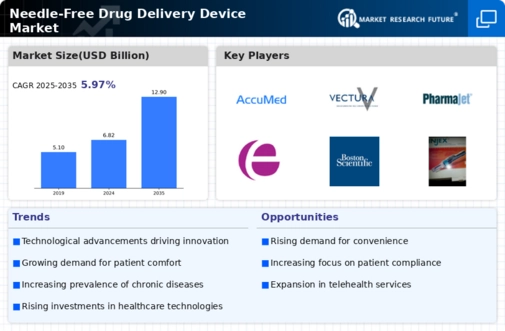
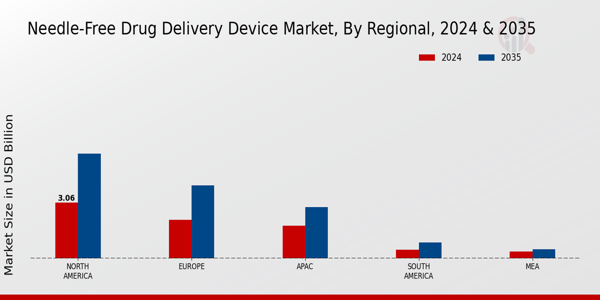
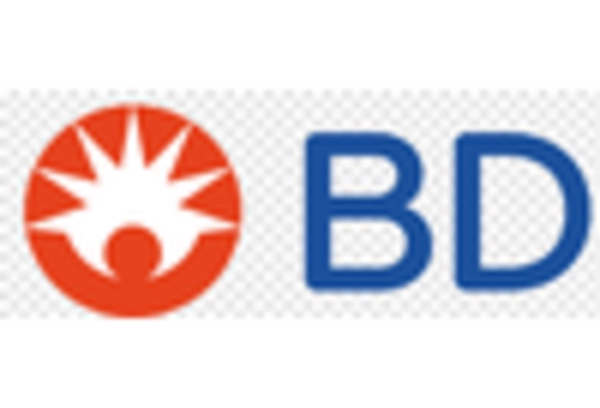
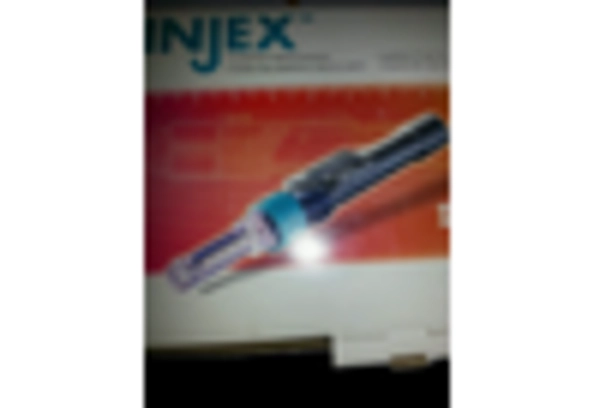
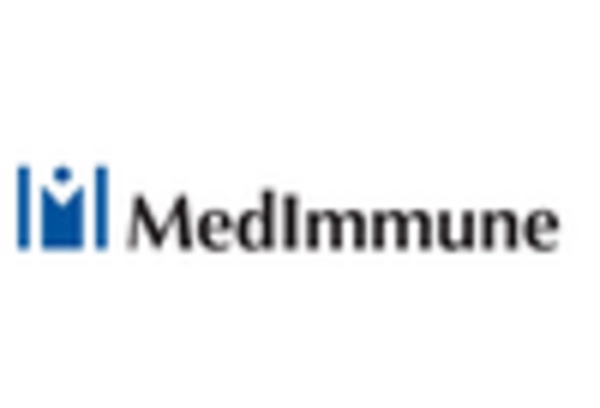
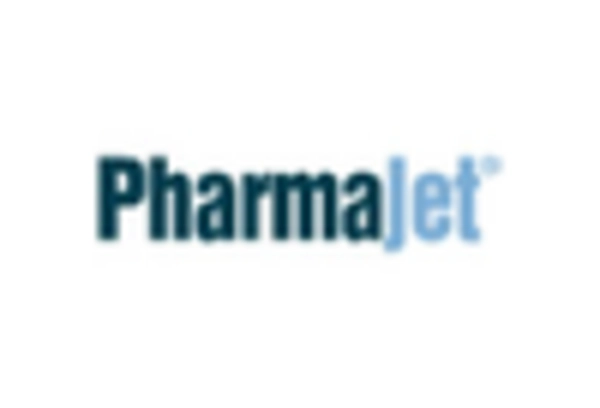
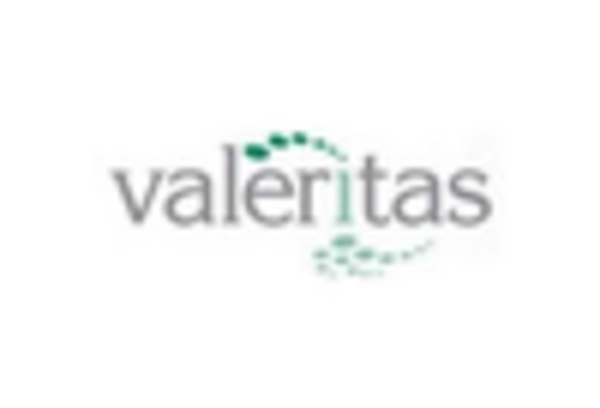
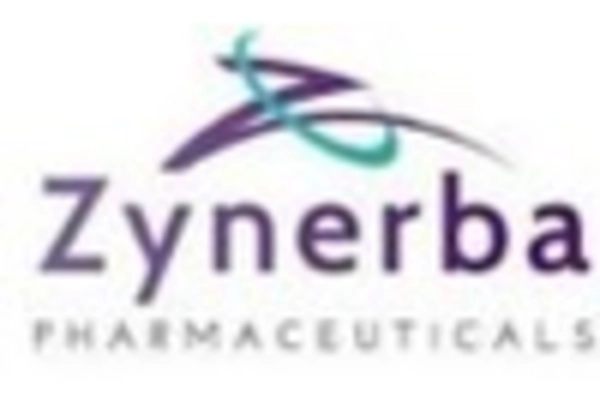








Leave a Comment